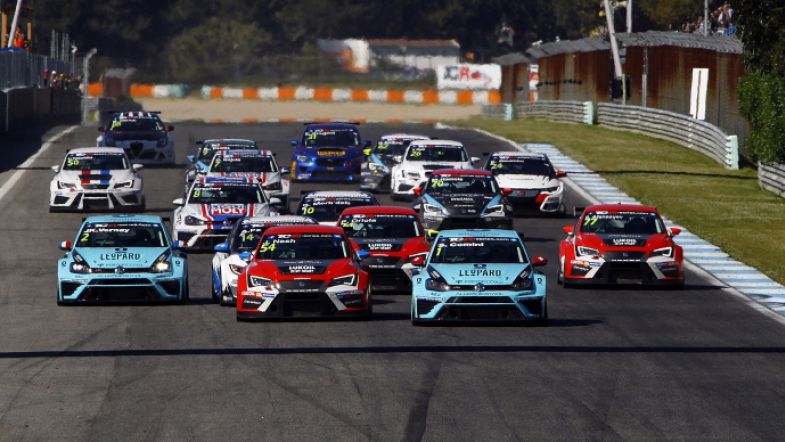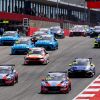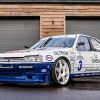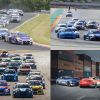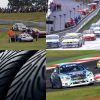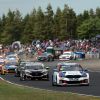How many cars would STCC have following a TCR switch in 2017?
Jonas Lundin, the managing director of the Scandinavian Touring Car Championship, has stated that it is a question of when, not if, the championship is going to switch to TCR regulations. The plan is for an announcement to take place after the next round of the STCC at the end of the month at Mantorp Park about whether that move would be in 2017 or 2018.
If the championship decided to make the move in 2017, how many teams would be ready to make the switch to TCR regulations, also known as FIA TCN2?
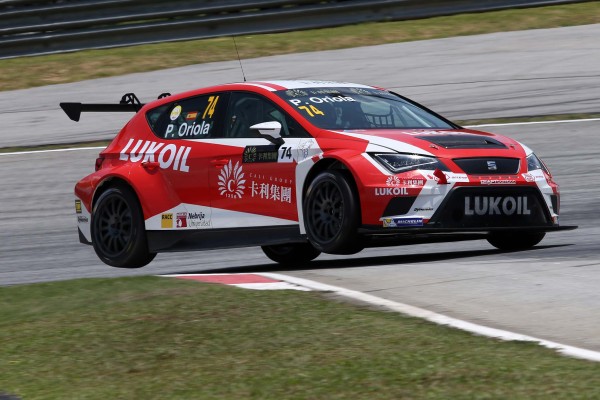
SEAT Dealer Team PWR Racing
This would be no surprise at all. In fact Peter Wallenberg and Daniel Haglöf’s team’s change to the SEAT brand this season is presumptive of the whole change to TCR. SEAT Sport have provided the team with a helping hand, with Jaime Puig a key figure in helping put the programme together, with Sweden a key market for the Spanish brand.
The team have already ordered a SEAT León TCR for test and promotional purposes ahead of a potential change, and after signing former champion and World Rallycross Championship star Johan Kristoffersson to join Haglöf and Emma Kimiläinen at the team, they’re certainly planning to be a key feature in the STCC.
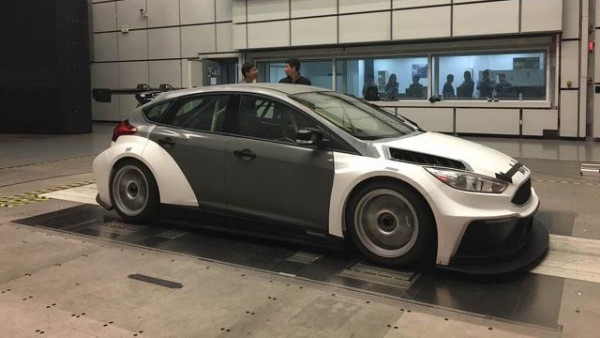
Brovallen Design
The team have made the switch to the Ford brand this year, a manufacturer which has not had a regular presence in the STCC in previous years. The team say this is at there a ready solution for TCR with the Ford Focus ST TCR, currently being redeveloped by the Hong Kong-based FRD Sport team for later this season, though whether the car will be ready in mass production and competitive in time for the start of 2017 would be a question.
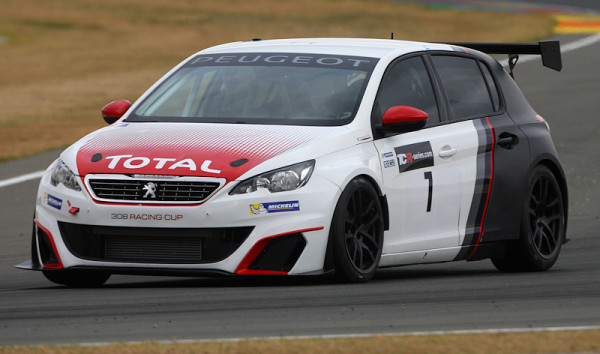
Flash Engineering
Jan ‘Flash’ Nilsson’s team is back on the grid this year, bringing out the Saab 9-3s which were built to honour the defunct Swedish brand in 2012, and has shown positive interest in the TCR concept. Nilsson himself also runs a Peugeot dealership in Sweden and there’s therefore a synergy with the French marque which is adapting its Peugeot 308 Racing Cup car for TCR competition, but there’s also been speculation connecting the team with Nissan, though there’s no TCR car for the Japanese car in existence as yet, though the upcoming Pulsar GTI-R is a perfect fit.
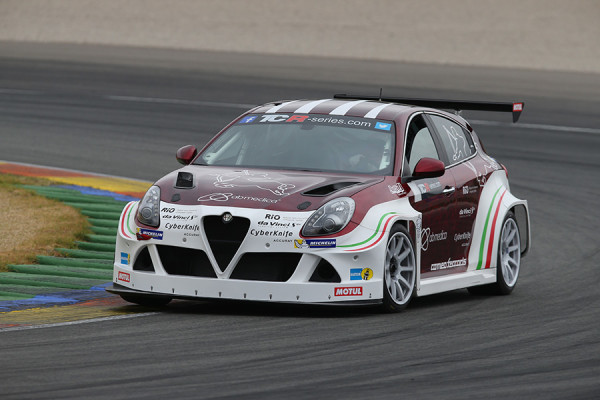
Dacia Dealer Team
Mattias Andersson’s hard-hitting little Dacia SE has been a great success story of the STCC. The 42-year-old said linking up with Dacia owner Renault was a great move for the team in the new Solution F formula, and helping to build a small brand like Dacia has been far more exciting a challenge for arguably the smallest team in the championship.
Unfortunately, there’s no Dacia model which would be eligible to be built to TCR regulations, as the budget brand has no performance models in its line-up which would fit the TCR concept, but parent company Renault has an upcoming Mégane Sport model which would fit well, though at present it’s not known to be in development for TCR.
Andersson however also says rekindling the relationship with the Alfa Romeo brand, with which he had much success in the STCC’s Super 2000 years could also be an option, with the Giuiletta it its first full season of competition, built by the Italian Romeo Ferraris team.
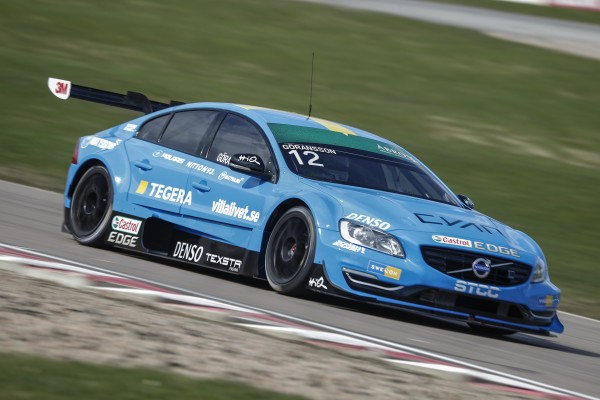
Polestar Cyan Racing/WestCoast Racing
Controversially, a switch to TCR regulations as soon as next year would certainly see Sweden’s only manufacturer off the STCC grid for the first time since 2012, and this time without another national series to turn to.
Alexander Murdzevski Schedvin, the head of motorsport at Polestar, clearly stated that there will be no TCR specification Volvo in the near future, with Volvo’s efforts currently focussed only on the World Touring Car Championship in 2017, with even the Australian V8 Supercars Championship programme now being sidelined.
Part of the Volvo team today is WestCoast Racing, handling the STCC programme with Cyan Racing focussing on the WTCC. A switch to TCR could see WestCoast Racing, today running Hondas in the TCR International Series, running Hondas in the STCC.
Other teams?
Lundin also stated that there are ”three or four teams who are waiting for the new regulations who are not racing now”.
No details have been released on the identity of these teams and there is only speculation at this stage. Previous teams in the STCC which could potentially return include:
Nika Racing
Nicklas Karlsson’s successful team has had a troubled time since late 2013, competing in partial programmes in 2014 and 2015 in the World Touring Car Championship, and is yet to make an appearance with their 2016 programme for John Bryant-Meisner citing budget issues. The team also made a switch back from two years with Honda to the Chevrolet brand, which is no longer active in Europe, with the reasoning behind this stated to be due ”planned development of the team in other classes and series in which GM has an interest.” The only car presently available from the GM family in TCR specification is the Opel Astra which is being developed by Opel’s OPC department and is due back on track later this season.
Kristoffersson Motorsport
The team left the STCC following the switch from Super 2000 to Solution F in 2013 and has since then focussed on the World Rallycross Championship with Volkswagen, a manufacturer which is also present in TCR with the Polo GTI model. Johan Kristoffersson, son of team owner Tommy Kristoffersson, also currently races a SEAT, part of the Volkswagen Audi Group, for PWR Racing, but this would mean the Volkswagen Audi Group importers of SEAT and Volkswagen both supporting programmes against each other which could be difficult.
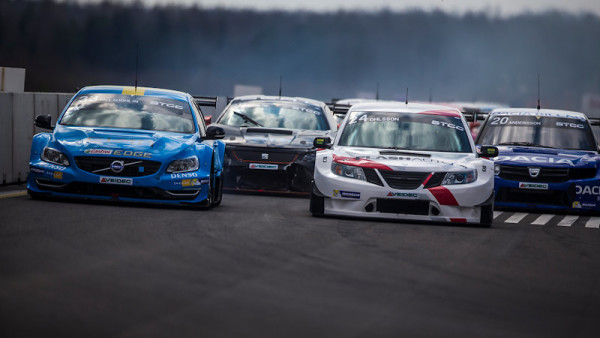
In Conclusion
There are certainly teams able to put cars on the grid already next year following a TCR split.
But the question is if it is more than the current number that are able to be fielded with Solution F, and also if the STCC organisation would want to lose Volvo, which have already committed to race beyond 2016 if the championship continues with the current technical regulations.
The main TCR International Series has attracted 19 cars at the most this year so far, a number matched by the new ADAC TCR Germany series, while the Benelux series is set to field a maximum of 15, with TCR Asia kicking off in South Korea last weekend with a field of 11, with the number of championships running TCR regulations almost exceeding supply, with SEAT Sport, JAS Motorsport and Opel struggling to keep up with the demand for their cars in the first part of 2016, and with Top Run’s Subaru, Romeo Ferraris’ Alfa Romeo and FRD Sport’s Ford Focus still in their development phase.
Can the STCC attract enough teams and importers to the championship for 2017? Can they also confirm a supply of cars from the various builders which will ensure the grid sizes exceed the struggling ten car Solution F fields seen so far? Or is it better to wait another year until 2018 when the supply of cars is more stable, and Volvo have also had a chance to reconsider? That remains the question.
